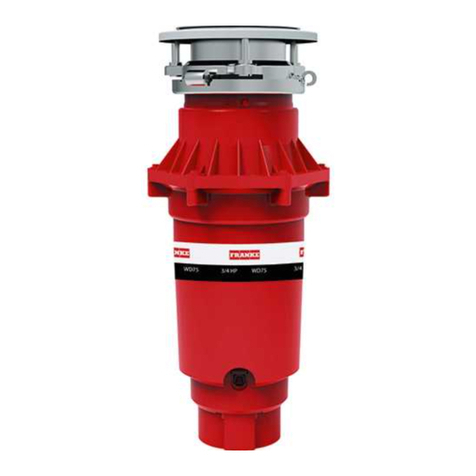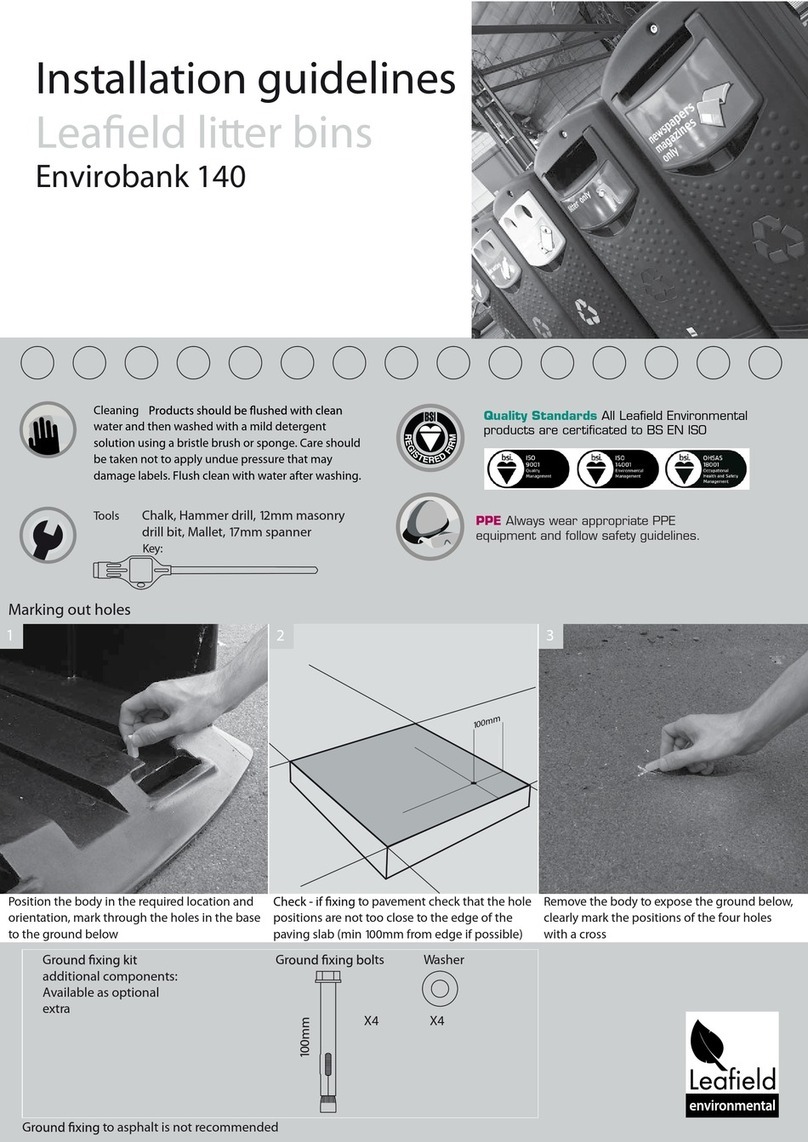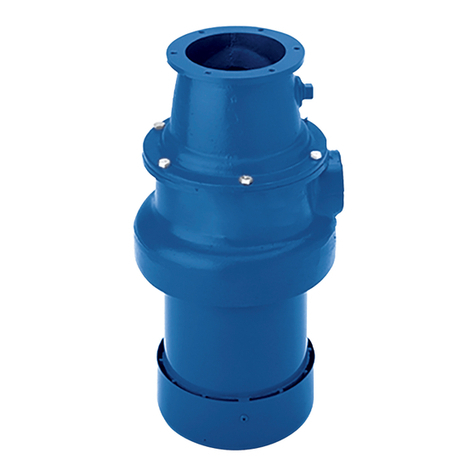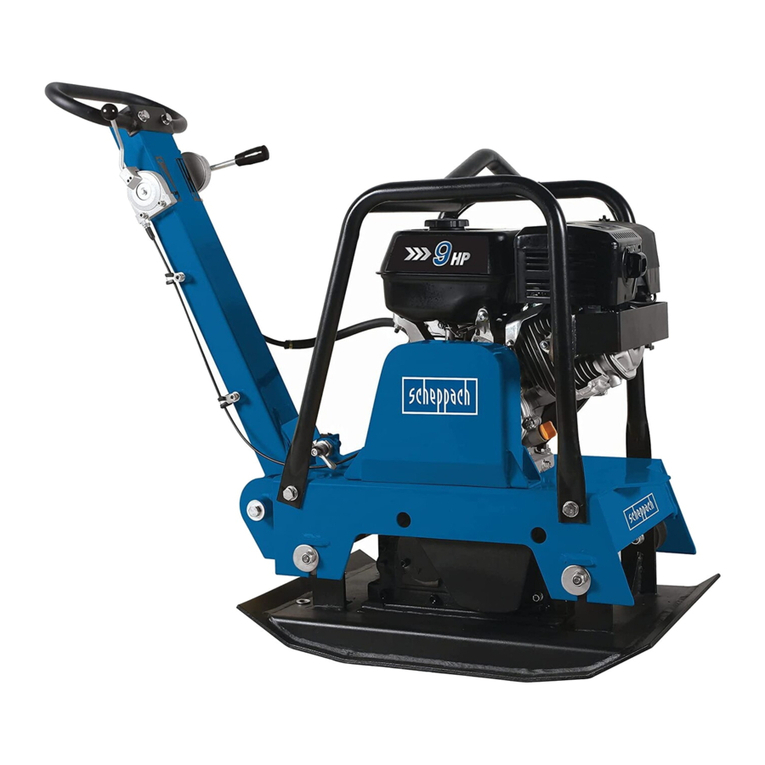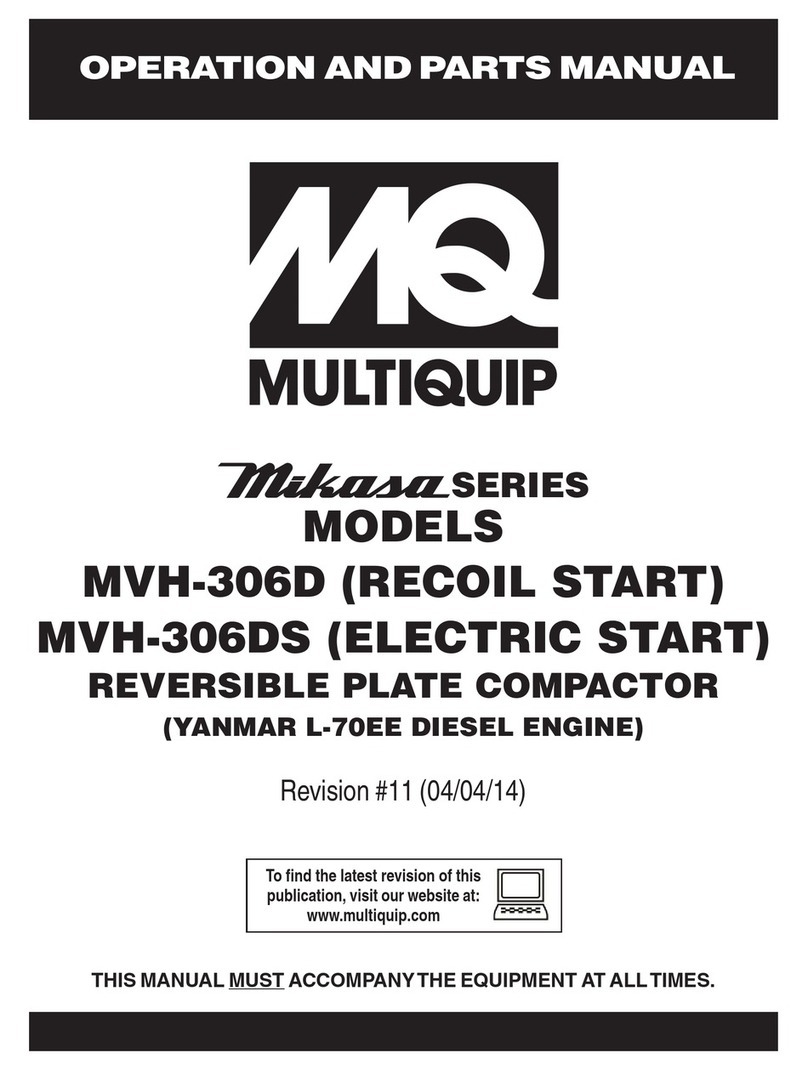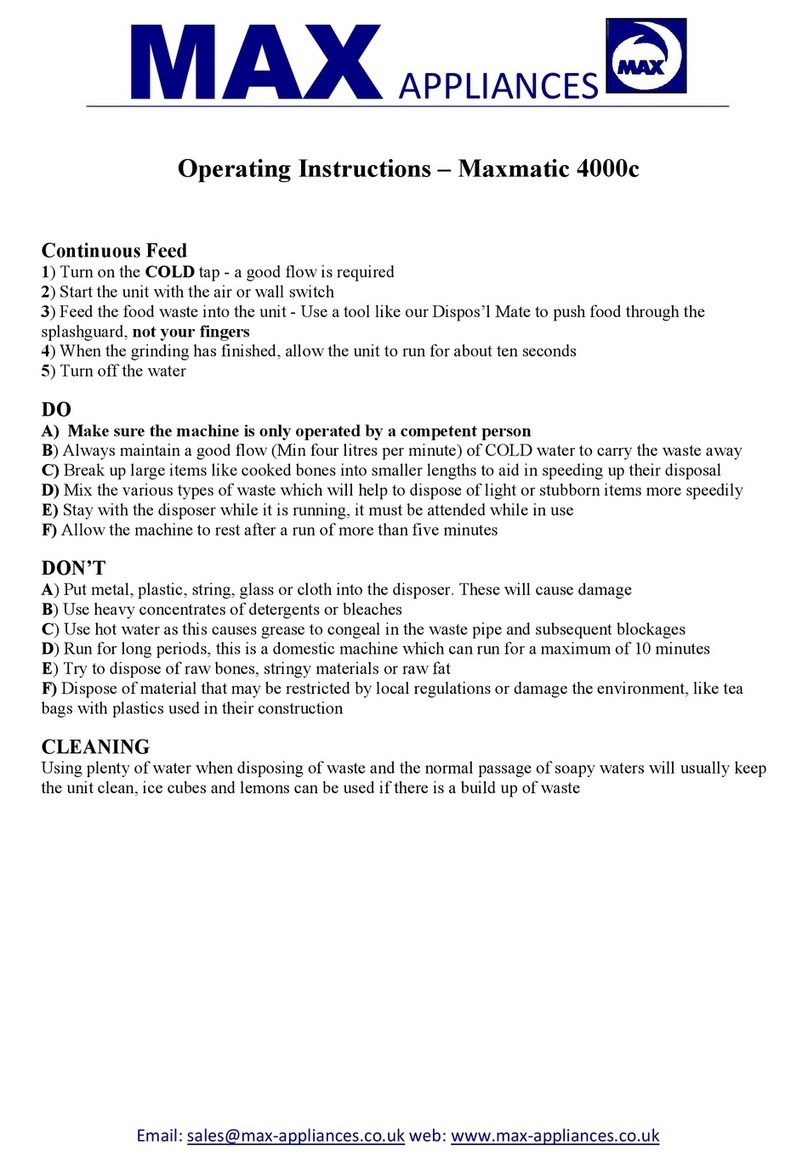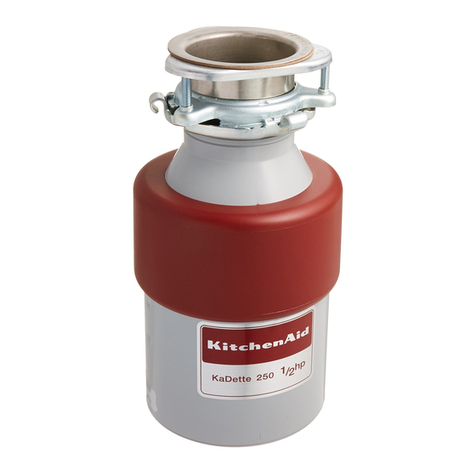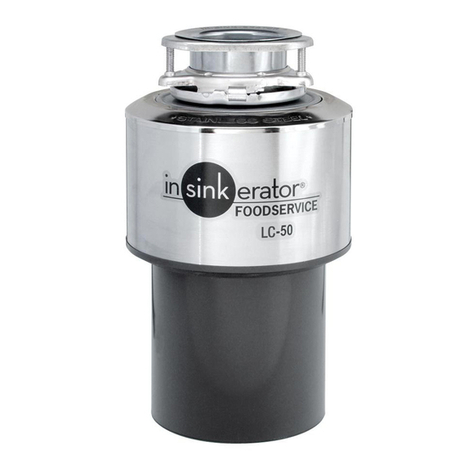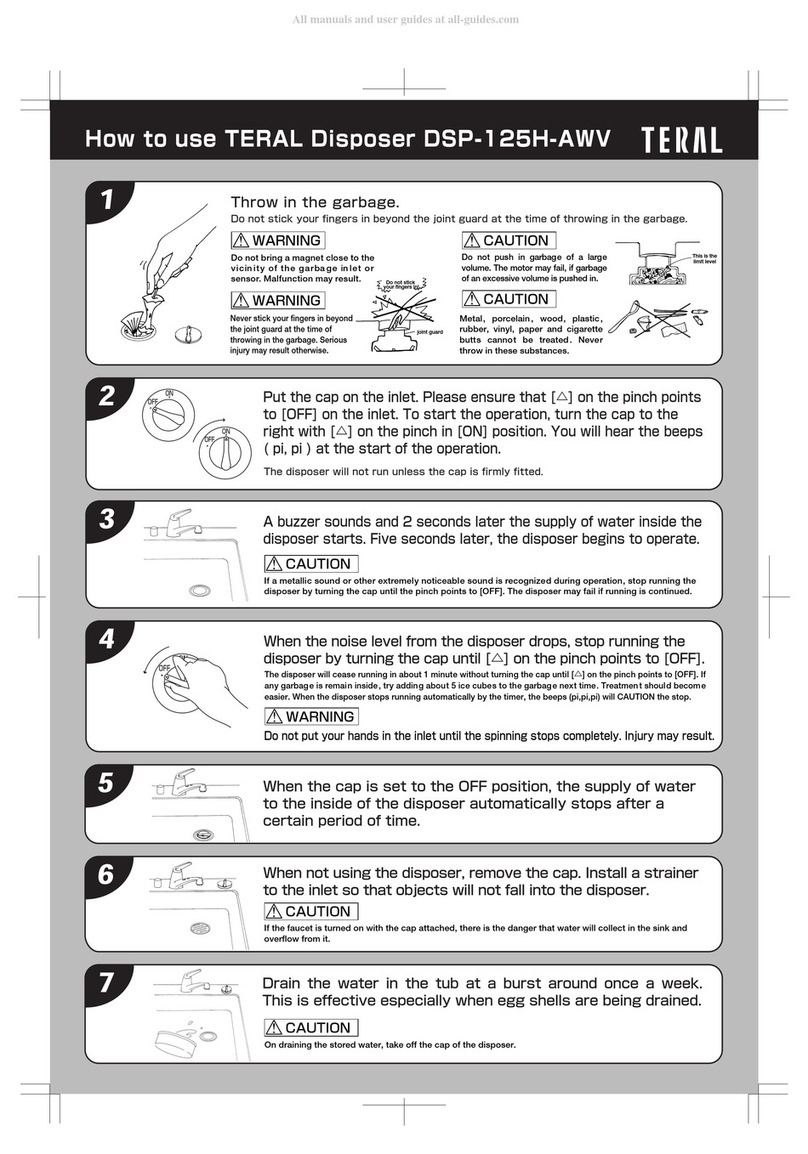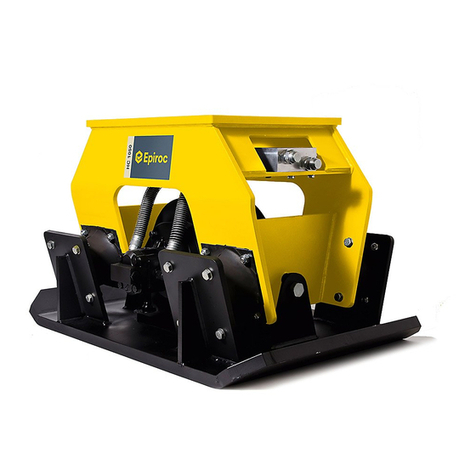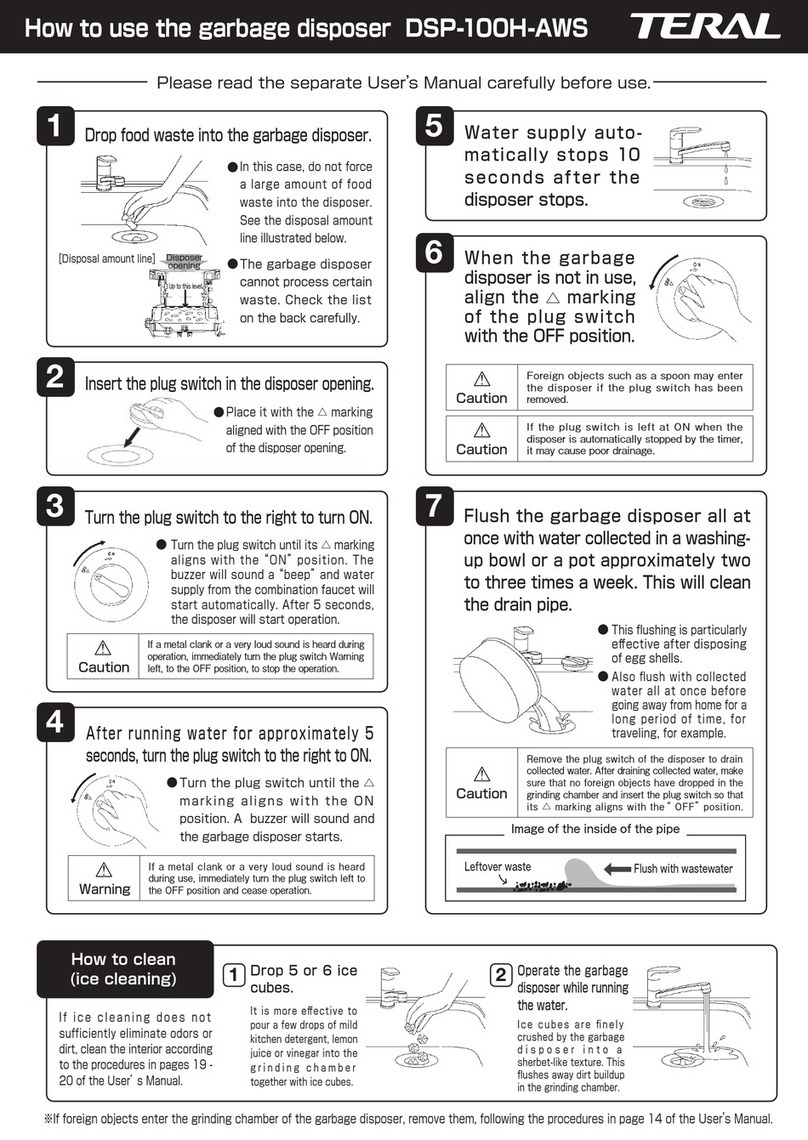
Page 3For technical questions, please call 1-888-866-5797.ITEM 58694
SAFETYSETUPOPERATIONMAINTENANCE
Operation Precautions
1. CARBON MONOXIDE HAZARD
Using an engine indoors CAN KILL
YOU IN MINUTES.
Engine exhaust contains carbon
monoxide. This is a poison you cannot see or smell.
NEVER use inside a home or garage,
EVEN IF doors and windows are open.
Only use OUTSIDE and far away from windows,
doors, and vents.
2. Keep children away from the equipment,
especially while it is operating.
3. Keep hands and feet away from the Compactor
Bottom Plate (31). Grip the Upper Handle (13)
of the Vibrator Plate firmly with both hands.
Never place tools under the Vibrator Plate.
4. Keep all spectators at least six feet from
the Vibrator Plate during operation.
5. Only use a suitable means of transport and
lifting devices with sufficient weight bearing
capacity when transporting the Vibrator Plate.
6. Only use sturdy loading ramps with sufficient
weight bearing capacity. Secure the Vibrator
Plate on transport vehicles to prevent the
tool from rolling, slipping, and tilting.
7. Keep a safe distance away from the edges
and banks of ditches and use care to prevent
the Vibrator Plate from toppling over.
8. Ascend slopes carefully in a direct path.
9. Pull backwards up steep slopes
to prevent the Vibrator Plate from
toppling over onto the operator.
10. When performing compacting work in the
vicinity of buildings or above pipelines, make
sure to check the affect of the vibrations on
the buildings and pipelines. If necessary,
immediately stop the compacting work.
11. Park the Vibrator Plate on a
firm and level surface.
12. Industrial applications must
follow OSHA requirements.
13. Do not leave the equipment unattended
when it is running. Turn off the
equipment (and remove safety keys, if
available) before leaving the work area.
14. Wear ANSI-approved safety glasses,
hearing protection, and NIOSH-approved
dust mask/respirator under a full face shield
along with steel-toed work boots during use.
15. People with pacemakers should consult their
physician(s) before use. Electromagnetic
fields in close proximity to a heart pacemaker
could cause pacemaker interference or
pacemaker failure. Caution is necessary when
near the engine’s magneto or recoil starter.
16. Use only accessories that are recommended
by Harbor Freight Tools for your model.
Accessories that may be suitable for one
piece of equipment may become hazardous
when used on another piece of equipment.
17. Do not operate in explosive atmospheres,
such as in the presence of flammable
liquids, gases, or dust. Gasoline-powered
engines may ignite the dust or fumes.
18. Stay alert, watch what you are doing
and use common sense when operating
this piece of equipment. Do not use this
piece of equipment while tired or under the
influence of drugs, alcohol or medication.
19. Do not overreach. Keep proper footing and
balance at all times. This enables better control
of the equipment in unexpected situations.
20. Use this equipment with both hands only.
Using equipment with only one hand
can easily result in loss of control.
21. Dress properly. Do not wear loose clothing or
jewelry. Keep hair, clothing and gloves away
from moving parts. Loose clothes, jewelry or
long hair can be caught in moving parts.
22. Parts, especially exhaust system components,
get very hot during use. Stay clear of hot parts.
23. Do not cover the engine or
equipment during operation.
24. Keep the equipment, engine, and
surrounding area clean at all times.
25. Do not smoke, or allow sparks, flames,
or other sources of ignition around the
equipment, especially when refuelling.
